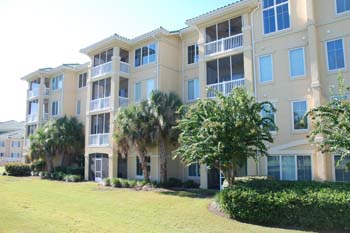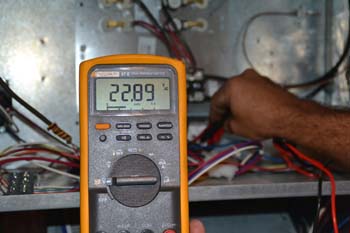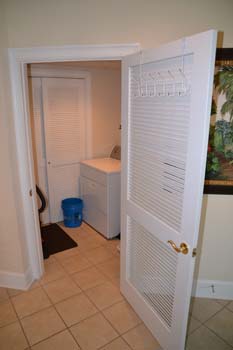A lawsuit was filed concerning a condominium complex in coastal South Carolina wherein a number of construction defects were alleged, including defects related to the Heating, Ventilation and Air-Conditioning (HVAC) System. The complex consisted of 10 buildings and 260 individual condominium units. The EIS engineer assigned to the project was tasked with investigating a sample number of HVAC systems in each building to provide a general understanding of the validity of the alleged defects. Some of the alleged defects and related findings are listed below.

The Complaint alleged that the HVAC systems were unable to supply sufficient airflow to all of the rooms of each condominium unit to provide adequate cooling. Using a balometer, the airflow to each room of the sample units was measured and compared to the mechanical building plans. Typically, an acceptable airflow range falls within +/-10% of the value shown in the building plans. It was observed that a number of the inspected HVAC units did not provide the listed airflow. However, upon further inspection, it was observed that many of the air filters associated with the deficient units had not been changed for months or even years. The dirty filters were inhibiting the overall system airflow. With new filters installed, nearly all of the units were able to meet the airflow requirements.
The Complaint also alleged that many of the condensing units outside of the building were wired to the wrong air-handling unit (AHU), such that its operation would be controlled by a neighbor’s system. Continuity and voltage tests were performed on the inspected units which showed that several of the sample systems were incorrectly wired.



